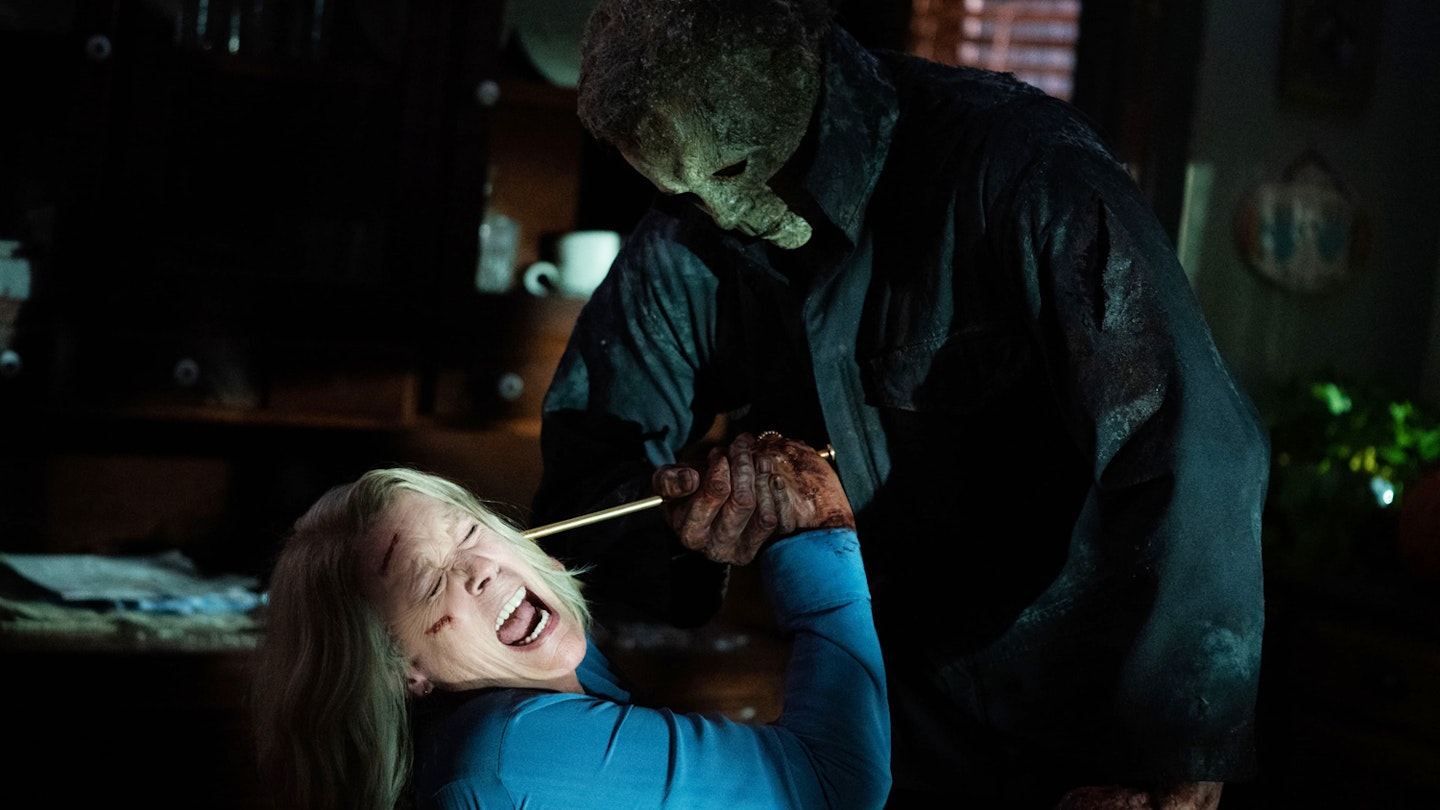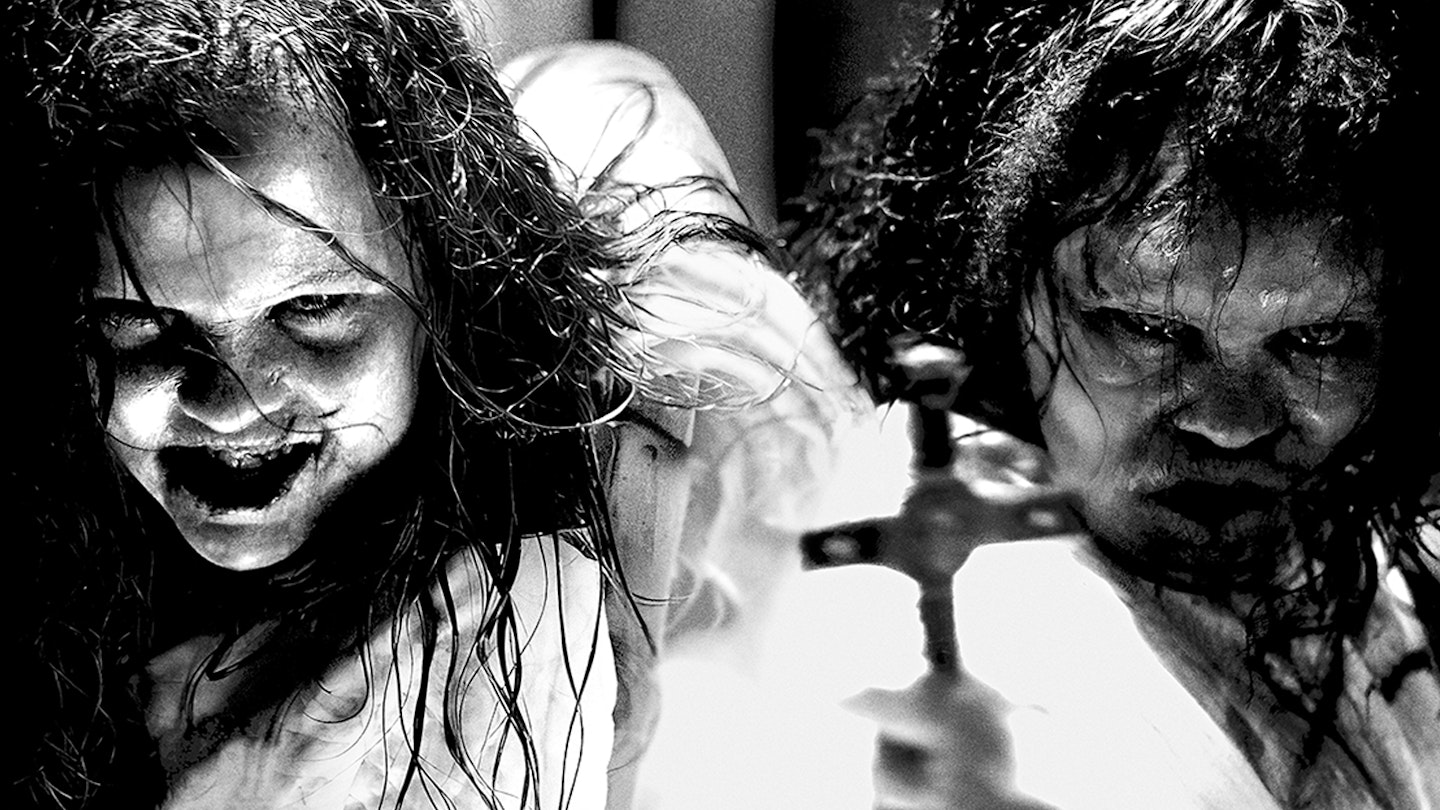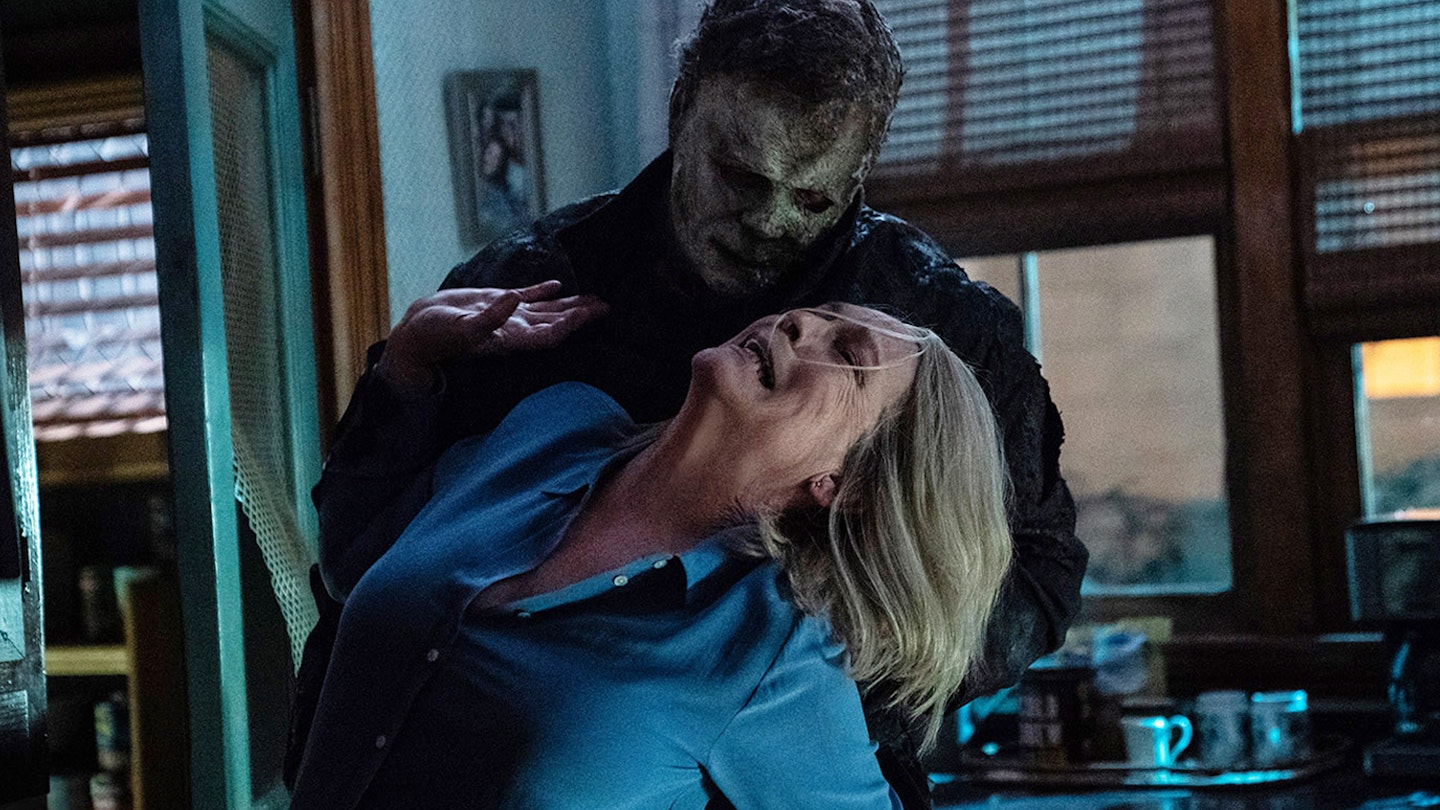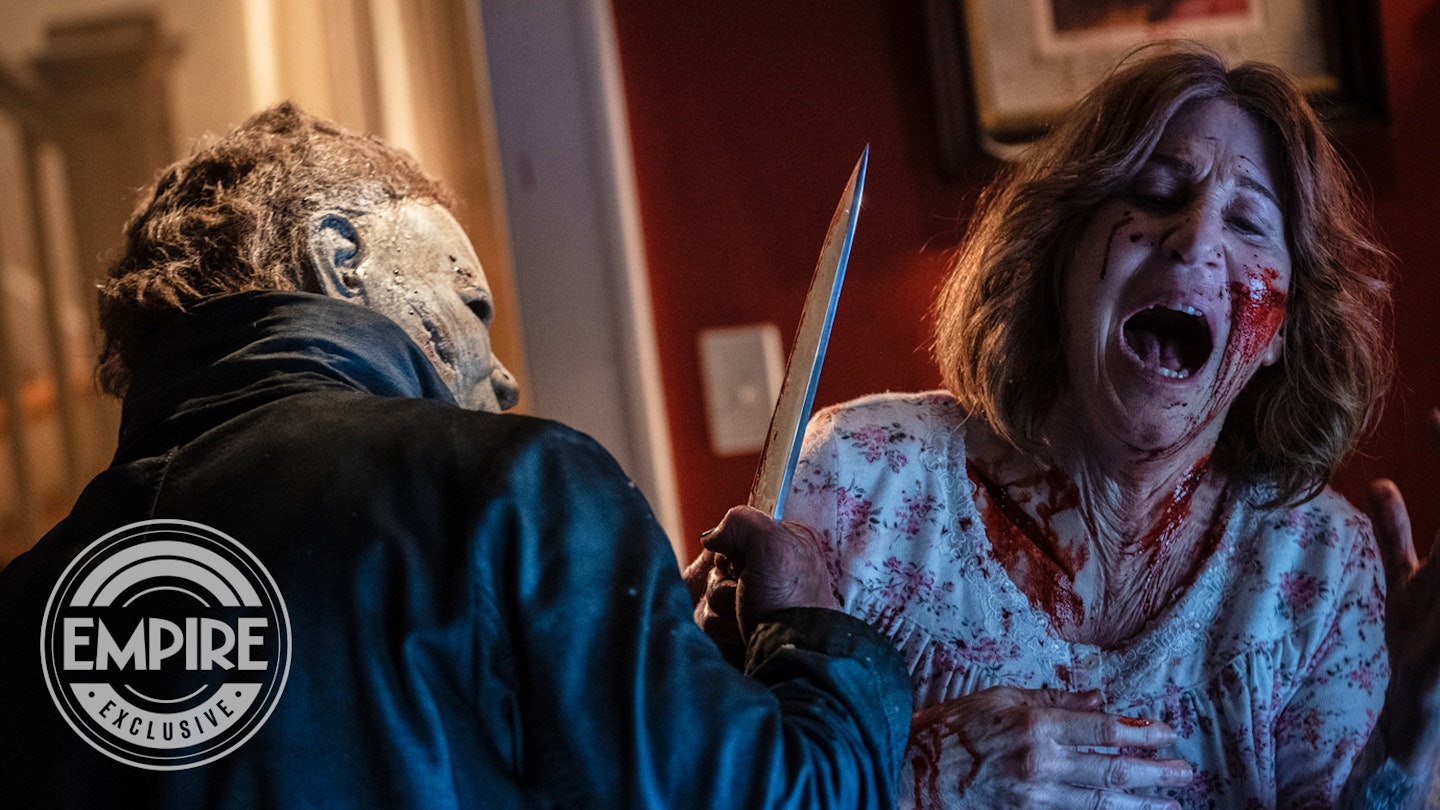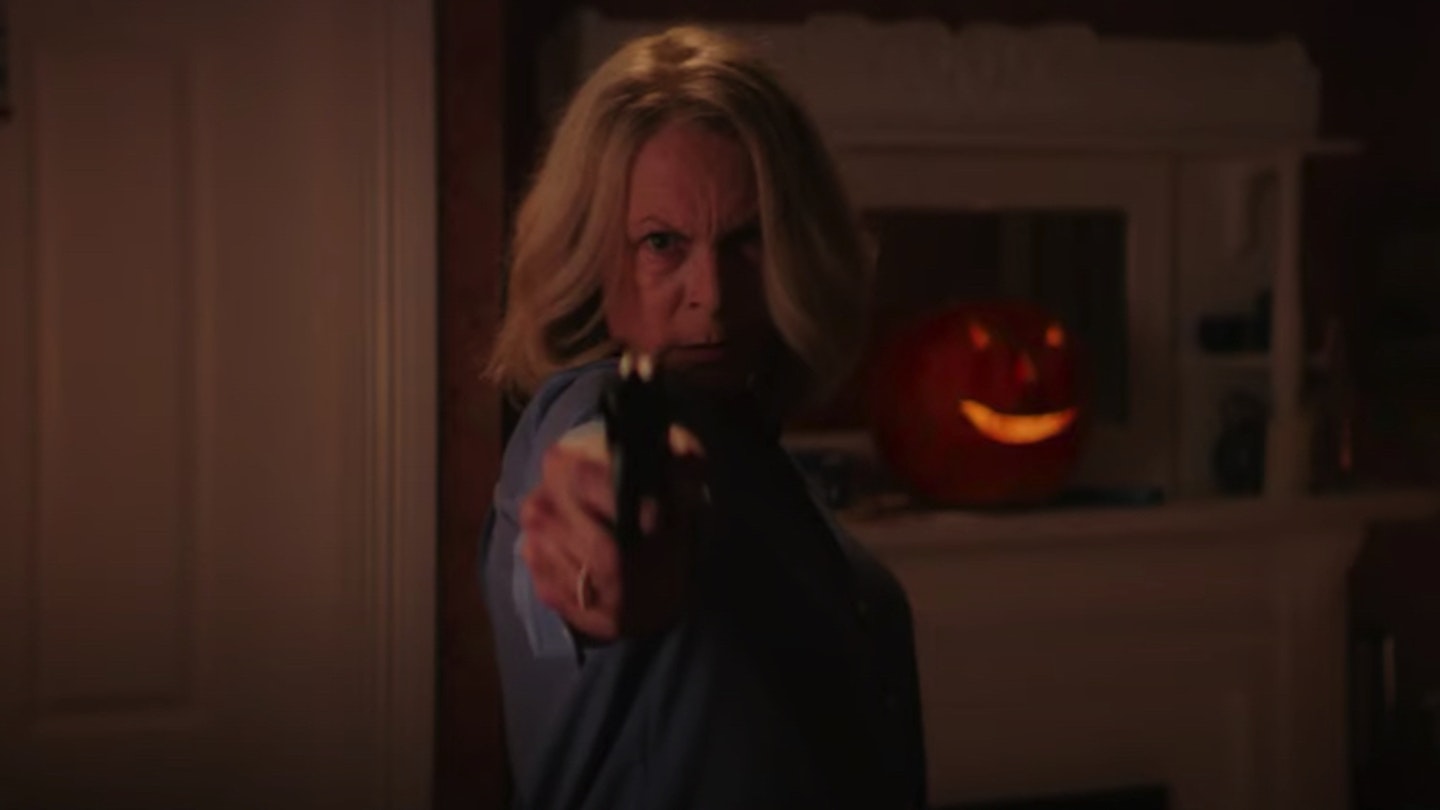When you’re hewing to the trajectory of the original Halloween movies — as David Gordon Green has done for his only-the-first-film-counts sequel trilogy, co-created with Danny McBride — the rules say you have to tear up the formula in film three. After 2018’s Halloween channelled John Carpenter’s original in bringing back Michael Myers for another Haddonfield massacre, and 2021 follow-up Halloween Kills took a Halloween II-style detour to the local hospital, the rogue spirit of Halloween III: Season Of The Witch — which controversially didn’t feature Michael Myers at all, telling an entirely separate story — is certainly felt in closing chapter Halloween Ends. Myers is present here, but Ends (which intentionally apes Witch’s blue title card) similarly feels distinctly different from its predecessors, shifting the focus away from Laurie Strode’s original boogeyman.
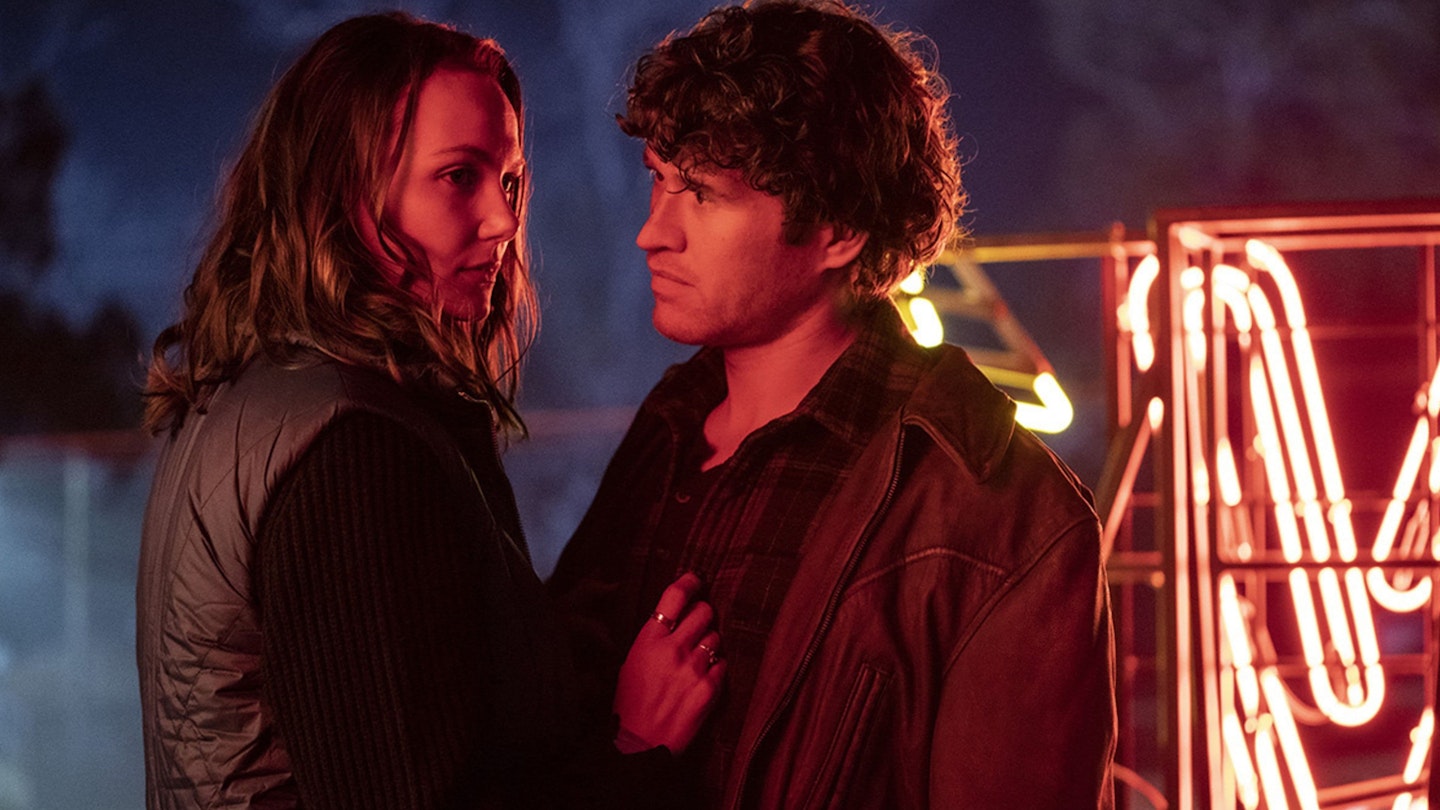
It’s a daring choice — though the results aren’t as thrilling as you’d hope. Season Of The Witch is now considered a cult favourite, but Halloween Ends’ narrative left-turn is destined to be divisive. In fact, rather than a trilogy-capper it feels more like an epilogue, a supplemental coda to the story so far. While Halloween and Halloween Kills were set across one violent night — as Myers piled up bodies all over town and Jamie Lee Curtis’ grizzled, grown-up Laurie fought to end her nightmare once and for all — Ends jumps forward four years. Myers himself has not been seen since, but the devastation he wrought is still keenly felt in Haddonfield, its people struggling to move beyond their collective grief and rage.
David Gordon Green's approach is interesting, but the result on screen is a bad combination of boring and depressing.
That time-jump offers a refreshing recalibration of Curtis’ Laurie — one of the only Haddonfield residents now intent on seizing the day. It’s welcome to see our former final girl in a new light after decades consumed by PTSD, determined to seek out the best that life can offer. But despite Laurie and Michael dominating the marketing, the stealth lead here is a new character: Rohan Campbell’s Corey Cunningham, a local teen whose fear of Michael Myers culminates in a shocking tragedy, established in a well-handled and appropriately tense opening sequence. As he becomes a town pariah, his guilt, fear and rage turns inwards — until Laurie’s granddaughter Allyson (Andi Matichak, somewhat under-served in this series) recognises the nature of his pain. For much of the runtime, Ends is ostensibly a Halloween character drama, as Allyson and Corey begin a relationship that’s inevitably derailed by a certain masked figure turning up once more.
To Green’s credit, he remixes familiar elements nicely. Not only does Ends cherry-pick from wider Halloween lore (from Season Of The Witch to the much-maligned Resurrection), but his intentions here gesture towards the kind of psychological and sociopolitical horror explored in Ari Aster’s Hereditary and Nia DaCosta’s Candyman. Unlike those films, though, Green struggles to synthesise the serious stuff with the demands of a popcorn shocker. His approach is interesting, but the result on screen is a bad combination of boring and depressing. Time spent in Corey’s company, alas, is a bit of a drag.
There is some inspiration to the filmmaking, at least. Green has always done the nuts-and-bolts horror sequences well (though there’s notably less of that here), and Ends’ abrasive sound mix goes for a different kind of audience discomfort. Though he ultimately gets swallowed up by his desire to explore Big Ideas, there’s a pleasure in seeing Green really go for something — to explore the notion of fear and trauma as a virus that exists beyond any mortal being.
Eventually, the film does get around to the long-promised Laurie versus Michael showdown — and to its credit, Halloween Ends definitively, well, ends. But the journey there is an unusual one, unlikely to satisfy the demands of an audience hoping for slasher thrills and spills. Some inspired gore aside — an excellent severed-tongue gag, and wince-inducing death-by-blowtorch — Green’s trilogy goes out more with a sizzle than a bang, not so much out of ideas as lacking in energy. When the credits roll, you might feel more tricked than treated.
